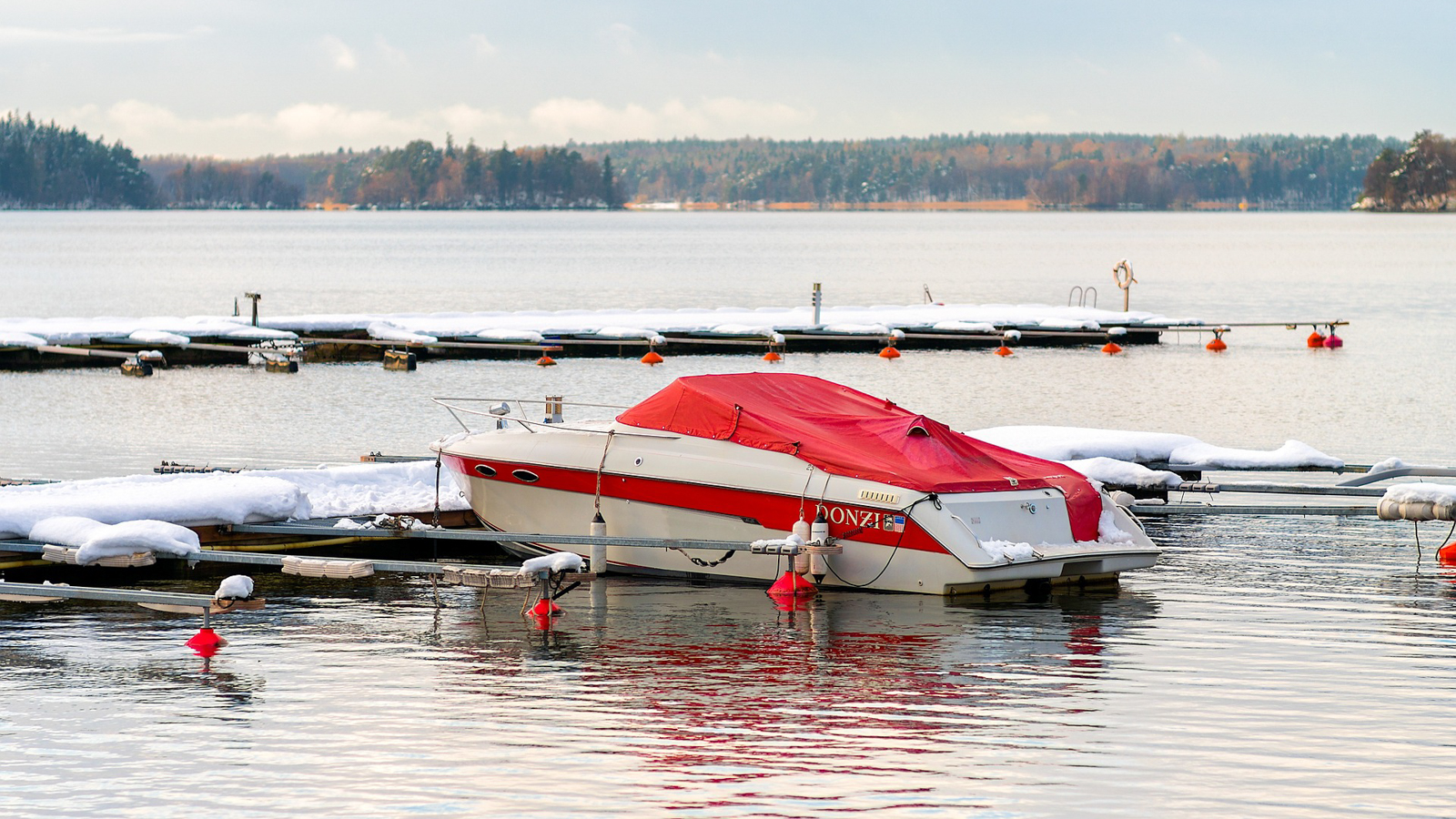In the middle of November, those who haven’t thought about it yet must absolutely do so now, without further delay: how to cover the boat in winter to keep it safe? Boats, it must be said,
Covering the boat in winter, in all cases
Where will you leave the boat in these months? Moored in the
Choosing the tarp: trailerable or not
First of all, we can divide the world of boat tarps into two large groups. On one side, there are covers intended for boats
Standard or custom tarps
Another way to divide the different boat covers is to separate the standard, ready-made ones from the custom-made ones. Obviously, here a significant cost difference must be highlighted. On the market, it is possible to find tarps made specifically for a boat model, as well as universal covers, designed from time to time for 8-meter inflatables, 10-meter sailboats, and so on. Those who own a fairly common boat model will have no difficulty finding one or more alternatives for their cover on the market, whether it’s an inflatable, a small motorboat, a cabin cruiser, and so on.
Then there are the custom-made tarps: in this case, a specialized craftsman in making boat covers is contacted, who, after taking all the necessary measurements, makes a tailor-made tarp. Sometimes, in the presence of a flying bridge, boom, and other superstructures, the choice is practically mandatory. Here there are no limits to imagination, with the owner able to request a transparent window here, more space there, a particular padding underneath, and so on. There is no doubt: the price rises, but the result is something else entirely. Not far from our tourist port of Genoa, there are also highly experienced craftsmen in making custom tarps.
Material for the boat tarp
In most cases, boat tarps are made of polyester, a typically nautical material, sufficiently resistant to wear and tension, waterproof to the right degree, resistant to ultraviolet sunlight, and economically accessible. It is not uncommon to have polyester tarps coated with other materials, or otherwise reinforced. Then there are tarps in
The boat must breathe
Speaking of humidity, the commandment is one: the boat must breathe. We cannot therefore completely isolate the boat with a tarp that prevents air circulation, thus risking the formation of mold. It is much better, therefore, to ensure a breathable solution, starting with the material used. But that’s not all: to increase air passage, it is possible to apply air vents to the covers, purchasing, for example, adhesive models, extremely easy to use.
Better to use telescopic supports
To correctly apply the cover tarp to your boat, there are various accessories. Consider, for example, additional buckle tensioners, to correctly adhere the cover, elastic hooks, and so on. But also consider telescopic poles, which allow the tarp to be supported very conveniently. In this way, several objectives can be achieved: by raising the tarp at the right point, it is possible to avoid the formation of water pockets, which could weigh down the cover and jeopardize its hold; but also allow passage on deck, useful for checks and



